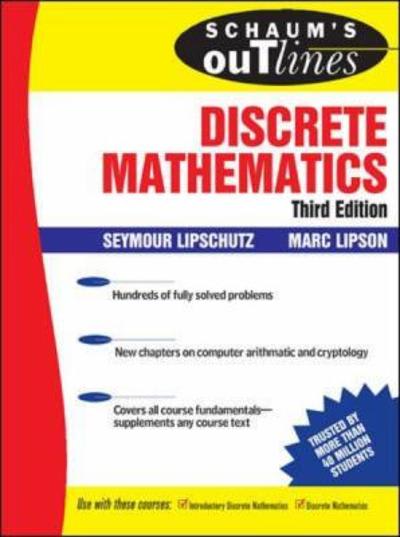Question
Read the statement by the American Statistical Association about p-values (Wasserstein and Lazar: The ASA's statement on p-values: context, process, and purpose) link:https://www.tandfonline.com/doi/pdf/10.1080/00031305.2016.1154108 question#1. a)
Read the statement by the American Statistical Association about p-values (Wasserstein and Lazar: The ASA's statement on p-values: context, process, and purpose)
link:https://www.tandfonline.com/doi/pdf/10.1080/00031305.2016.1154108
question#1.
a)
Your colleague on education studies really cares about what can improve the education outcome in early childhood. He thinks the ideal planning should be to include as much variables as possible and regress children's educational outcomes on the set. Then we select the variables that are shown to be statistically significant and inform the policymakers. Is this approach likely to produce the intended good policies?
1.B)
Your colleague on education studies really cares about what can improve the education outcome in early childhood. He thinks the ideal planning should be to include as much variables as possible and regress children's educational outcome on the set. Then we select the variables that are shown to be statistically significant and inform the policy makers. Is this approach likely to produce the intended good policies?
1.C)
Your friend hears your point, and think it makes sense. He also hears about that with more data, relations are less likely to be observed just by chance, and inference becomes more accurate. He asks, if he gets more and more data, will the procedure he proposes find the true effects?
question#2:
(b-1).
A economist collects data on many nation-wise variables and surprisingly find that if they run a regression between chocolate consumption and number of Nobel prize laureates, the coefficient to be statistically significant. Should he conclude that there exists a relationship between Nobel prize and chocolate consumption?
(b-2).
A neuroscience lab is interested in how consumption of sugar and coco may effect development of intelligence and brain growth. They collect data on chocolate consumption and number of Nobel prize laureates in each nation, and finds the correlation to be statistically significant. Should they conclude that there exists a relationship between chocolate consumption and intelligence?
(b-3).
In order to study the relation between chocolate consumption and intelligence, what can they do?
(b-4).
The lab runs a randomized experiment on 100 mice, add chocolate in half of the mice's diet and add in another food of the equivalent calories in another half's diet. They find that the difference between the two groups time in solving a maze puzzle has p-value lower then 0.05. Should they conclude that chocolate consumption leads to improved cognitive power in mice?
(b-5).
The lab collects individual level data on 50000 humans on about 100 features including IQ and chocolate consumption. They find that the relation between chocolate consumption and IQ has a p-value higher than 0.05. However, they find that there are some other variables in the data set that has p-value lower than 0.05, namely, their father's income and number of siblings. So they decide to not go further about chocolate consumption, but rather, report these statistically significant results in their paper, and provide possible explanations.
Is this approach correct?
(c).
A lab just finishes a randomized controlled trial on 10000 participants for a new drug, and find a treatment effect with p-value smaller than 0.05. After a journalist interviewed the lab, he wrote a news article titled "New trial shows strong effect of drug X on curing disease Y." Is this title appropriate? What about "New drug proves over 95% success rate of drug X on curing disease Y"?
(d).
Your boss wants to decide on company's spending next year. He thinks letting each committee debates and propose the budget is too subjective a process and the company should learn from its past and let the fact talk. He gives you the data on expenditure in different sectors and the company's revenue for the past 25 years. You run a regression of the revenue on the spending on HR sector, and find a large effect, but the effect is not statistically significant. Your boss saw the result and says "Oh, then we shouldn't increase our spending on HR then".
Is his reasoning right?
(e).
Even if a test is shown as significant by replication of the same experiment, we still cannot make a scientific claim
True or False?why
(f).
Your lab mate is writing up his paper. He says if he reports all the tests and hypothesis he has done, the results will be too long, so he wants to report only the statistical significant ones.
Is this OK? If not, why?
(g).
If I see a significant p-values, it could be the case that the null hypothesis is consistent with truth, but my statistical model does not match reality.
True or False?why?
reference:https://www.tandfonline.com/doi/pdf/10.1080/00031305.2016.1154108
Step by Step Solution
There are 3 Steps involved in it
Step: 1

Get Instant Access to Expert-Tailored Solutions
See step-by-step solutions with expert insights and AI powered tools for academic success
Step: 2

Step: 3

Ace Your Homework with AI
Get the answers you need in no time with our AI-driven, step-by-step assistance
Get Started


